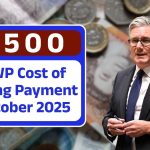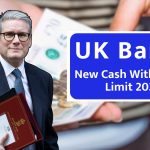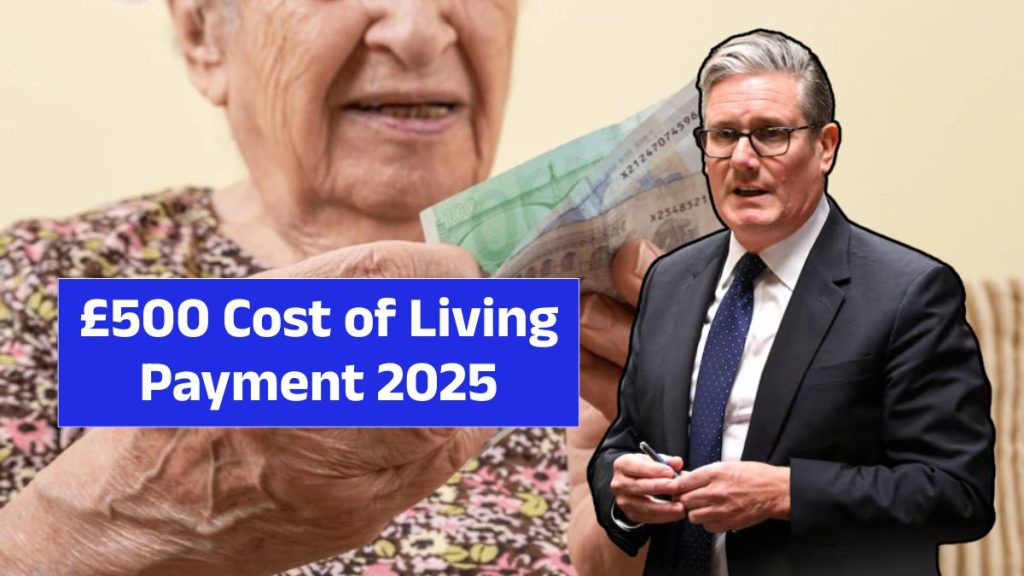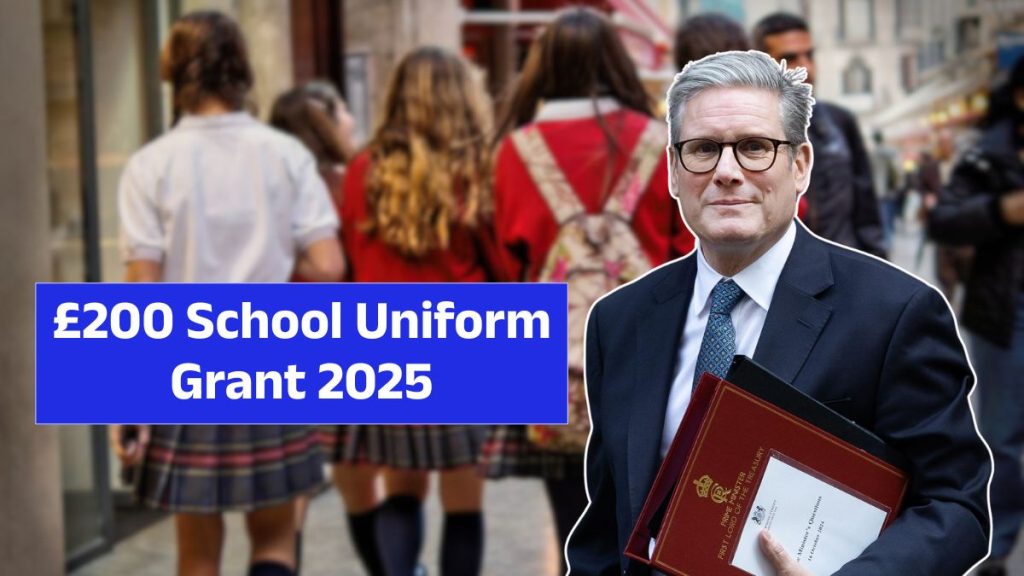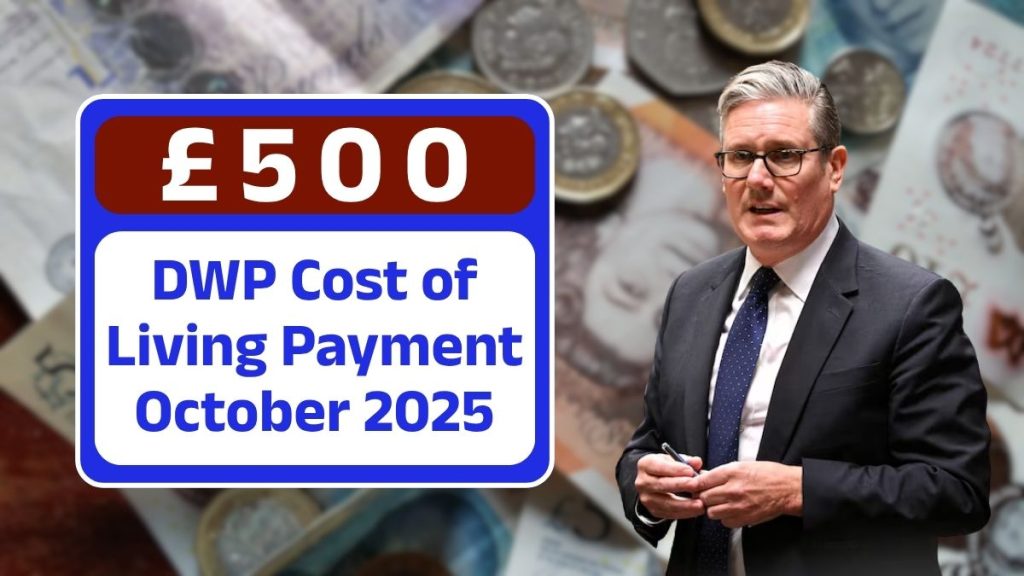The UK income tax debate has gained fresh momentum in 2025, after a petition calling for the Personal Allowance to rise from £12,570 to £20,000 crossed more than 281,000 signatures by September 1. Spearheaded by campaigner Alan David Frost, the proposal has forced Parliament to take note and sparked a heated discussion about affordability, fairness, and the future of Britain’s tax system.
While campaigners argue the change would ease financial strain on low-income earners and pensioners, the government warns the move could cost the Treasury between £40–50 billion annually, raising questions about how public services would be funded.
What Is the Personal Allowance?
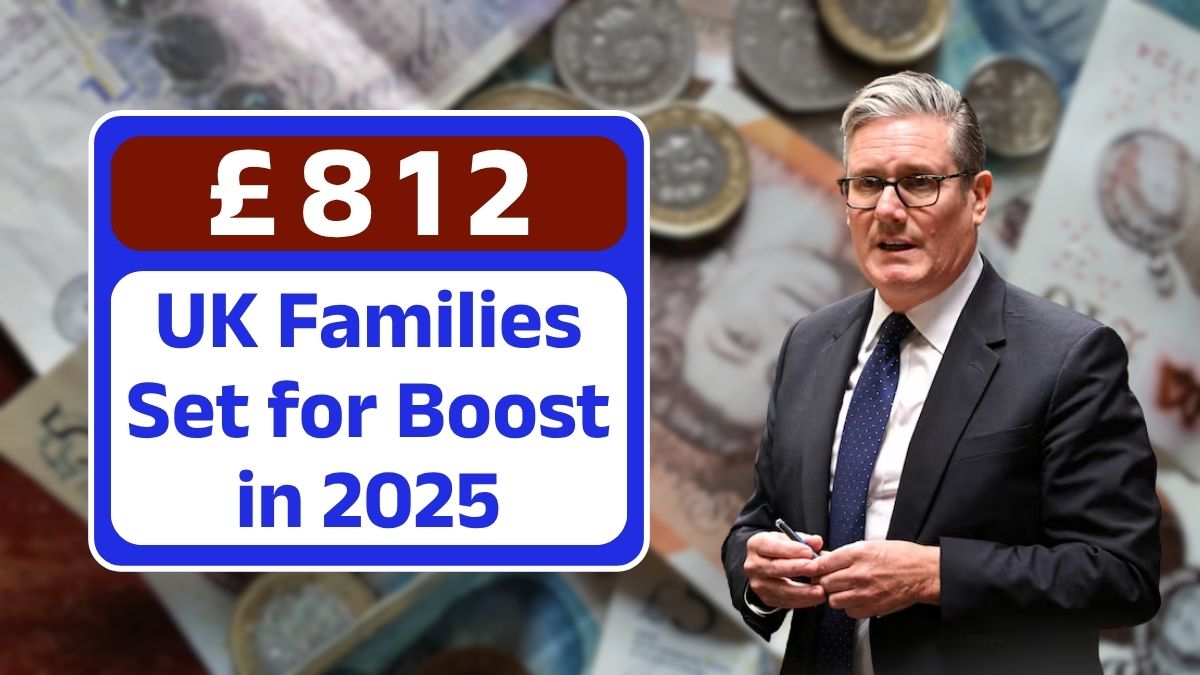
The Personal Allowance is the amount of annual income an individual can earn before paying income tax. Currently, it stands at £12,570, a figure frozen since 2021.
With inflation and wage growth outpacing this frozen threshold, more workers are being pulled into higher tax brackets, a phenomenon known as fiscal drag. Critics say this silent tax rise has hit working households and pensioners particularly hard.
Current vs Proposed Personal Allowance
Here’s how the proposal compares to the current rules:
| Aspect | Current (£12,570) | Proposed (£20,000) |
|---|---|---|
| Tax-free income | £12,570 | £20,000 |
| Pensioners affected | Many taxed on State Pension | Most pensions tax-free |
| Savings for middle earners | Limited | Up to £1,486 yearly |
| Treasury revenue impact | Stable | £40–50bn annual shortfall |
| Inflation risk | Low | Possible price pressures |
| Political pressure | Moderate | High – 281k+ signatures |
Why Supporters Want £20,000 Personal Allowance
Campaigners believe raising the Personal Allowance would deliver immediate, broad relief during the cost-of-living crisis.
- Relief for low earners – Millions earning below £20,000 would stop paying income tax altogether.
- Support for pensioners – Most State Pension income would fall under the new threshold, reducing tax pressure in retirement.
- Boost to spending – More disposable income could stimulate the economy.
- Reduced benefit dependency – By keeping more of their wages, families might rely less on state welfare.
Government’s September 2025 Response
The government has rejected the proposal for now, citing severe revenue implications. Ministers warn that:
- The policy would cost £40–50 billion annually.
- It could limit funding for the NHS, schools, and social care.
- It risks undermining the government’s fiscal responsibility targets.
However, officials stressed that tax policy is regularly reviewed, and the proposal could resurface in future Budgets or Autumn Statements.
Who Would Benefit the Most?
Low-Income Workers
Those earning under £20,000 would pay no income tax at all, saving hundreds annually.
Pensioners
Currently, many pensioners pay tax on their State Pension. Raising the threshold would make most pensions entirely tax-free.
Middle-Income Earners
Workers above £20,000 would also benefit, saving up to £1,486 per year depending on their income and band.
Current Rules for Personal Allowance
While the allowance stands at £12,570 for most taxpayers, some exceptions apply:
- High earners: Income over £100,000 reduces allowance by £1 for every £2 above the threshold. At £125,140, the allowance is zero.
- Marriage Allowance: Couples can transfer 10% of allowance.
- Born before April 6, 1935: May qualify for the Married Couple’s Allowance for extra relief.
Challenges of Raising the Allowance
Despite its appeal, the proposal faces serious hurdles:
- Revenue loss: Estimated at £40–50bn annually.
- Public services impact: Risk to NHS, education, and social care budgets.
- Inflation pressures: Extra disposable income could fuel higher prices.
- Alternative taxes: Treasury might need to raise VAT, National Insurance, or capital taxes to fill the gap.
What Happens Next?
The parliamentary petition process ensures:
- At 10,000 signatures, a formal government response is required.
- At 100,000 signatures, the issue qualifies for debate.
- With over 281,000 signatures, MPs will debate the proposal, but legislation remains uncertain.
International Comparison
If raised to £20,000, the UK would offer one of the most generous tax-free thresholds globally.
- US: $14,600 (~£11,600) tax-free, but with additional deductions.
- Germany: ~€11,600 (~£9,900).
- Australia: AUD 18,200 (~£9,400).
This would place the UK well ahead of most peers, but with a heavy fiscal price tag.
FAQs – UK Personal Allowance Petition 2025
Q1: What is the current Personal Allowance in the UK?
A: The threshold is £12,570, frozen since 2021.
Q2: How much tax would workers save if the allowance rose to £20,000?
A: Middle earners could save up to £1,486 per year.
Q3: Why has the government rejected the proposal?
A: Ministers cite a £40–50bn annual shortfall that could threaten NHS, education, and welfare funding.
Q4: Who benefits most from the proposed rise?
A: Low earners, pensioners, and middle-income workers would all see significant relief.
Q5: Will Parliament debate the issue?
A: Yes, with 281,000+ signatures, MPs must debate the petition in Parliament.




